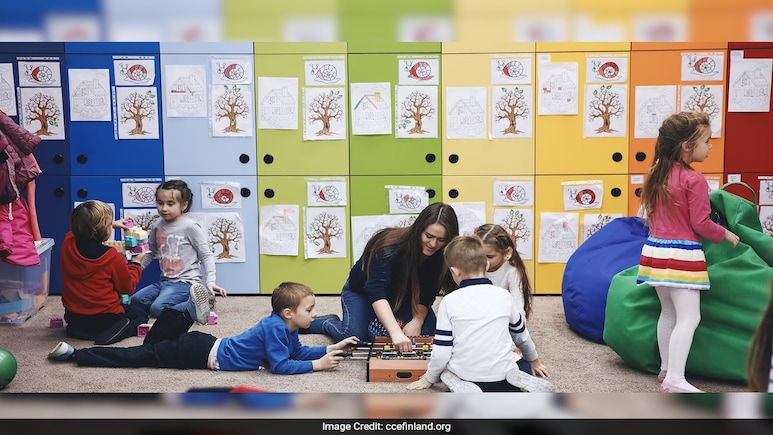
Study In Finland 2025: Finland is often praised for its education system, even though students don't face any national-level exams until the age of 16. Unlike India, where students take board exams in Class 10 and 12, Finland only conducts a matriculation exam after upper secondary school (Classes 10-12) for college or university admissions. Students are assessed through feedback and encouragement.
In Finland, formal schooling begins at the age of 7. Before that, children are part of an Early Childhood Education and Care (ECEC) system designed for kids aged 0 to 5. This system, run by local authorities, supports the overall development of children rather than preparing them for exams. The cost of ECEC depends on family income and the number of children. This unique approach helps reduce exam stress and allows children to learn at their own pace.
Basic Education (Ages 7-16)
This 9-year schooling phase focuses on life skills and overall development. Most children attend nearby schools, though they can apply to others with some conditions.
Upper Secondary Education (Post-16)
After basic education, students can choose between general education or vocational training. Both options last about 3 years and make students eligible for higher studies. Vocational training is especially popular in fields like tech, healthcare, and transport, with over 40 per cent of students choosing it.
Admission is usually based on grades in theory subjects, though some programs also use entrance or aptitude tests.
Instead of pressuring students with tough national exams early in life, Finland aims to nurture their personal growth and life skills.
